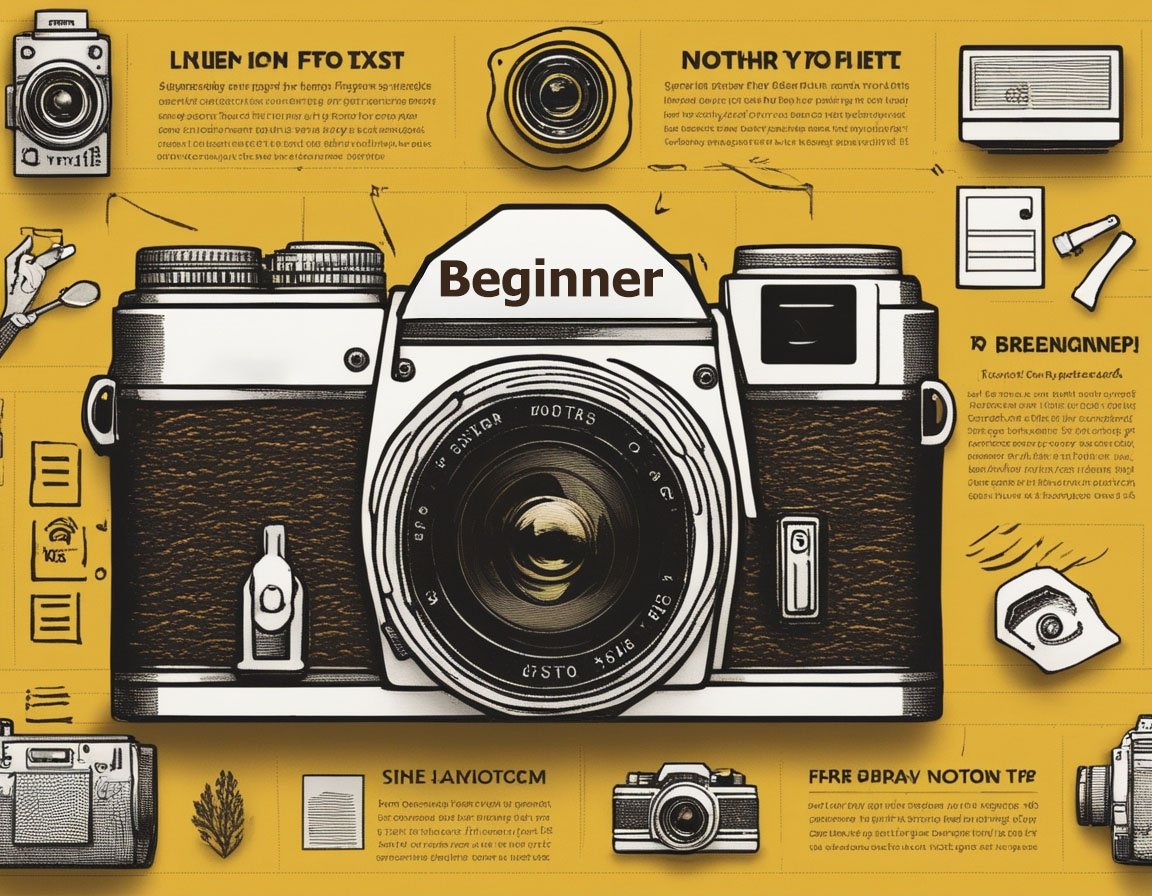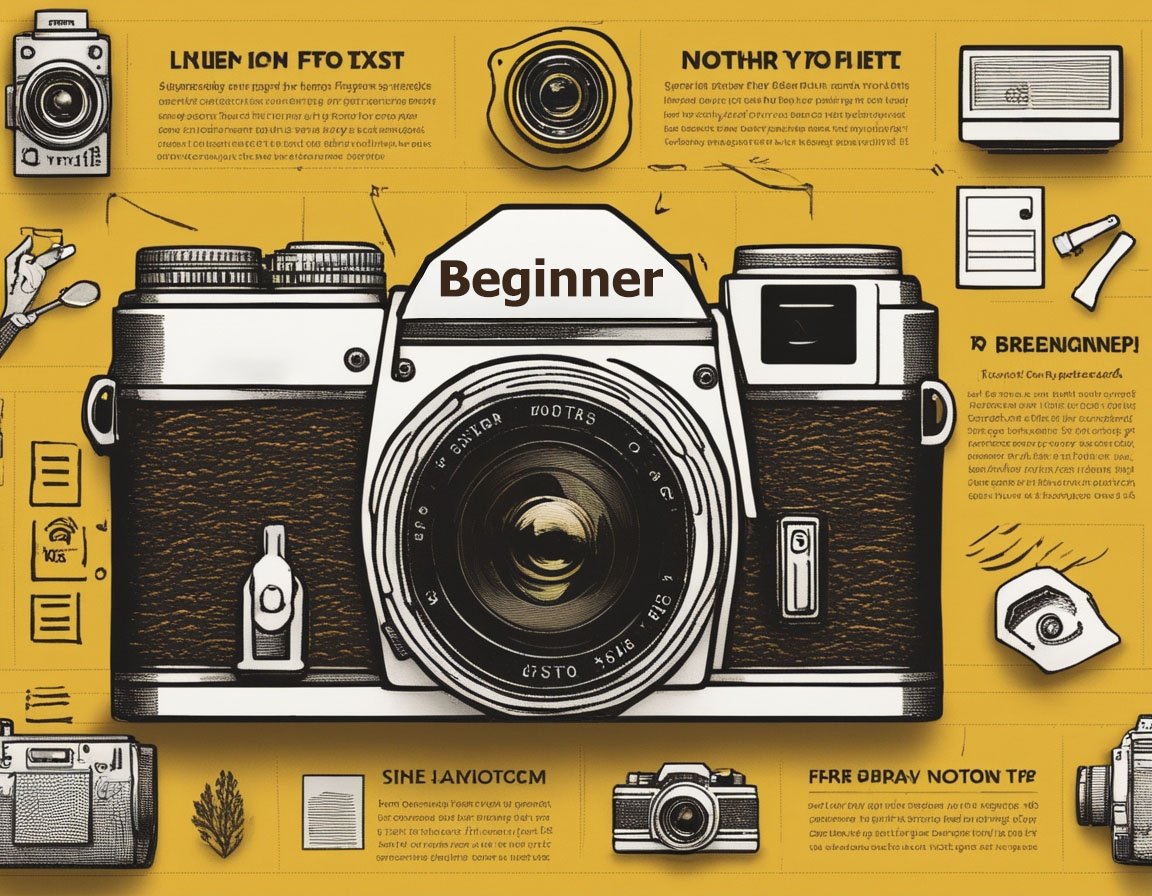Understanding the Basics of Shutter Speed
Shutter speed is an essential component of photography, playing a crucial role in determining the exposure and overall quality of your images. However, many beginners often struggle to master this aspect. Here, we will delve into the many facets of shutter speed to help you make informed decisions and avoid common pitfalls.
Defining Shutter Speed
Shutter speed refers to the length of time your camera’s shutter remains open, allowing light to hit the sensor. It is generally measured in fractions of a second, such as 1/60, 1/250, or 1/1000. Faster shutter speeds are expressed with higher numbers (e.g., 1/1000), resulting in less light hitting the sensor, while slower speeds (e.g., 1/30) allow more light to enter.
The Impact of Shutter Speed on Exposure
Shutter speed, along with aperture and ISO, forms the exposure triangle. Together, they determine the brightness or darkness of your image. For beginners, it’s vital to understand that changes in the shutter speed will result in different levels of exposure. For instance, a longer shutter speed may lead to overexposure if not balanced with aperture and ISO, while a faster shutter speed could cause underexposure.
Avoiding Common Mistakes with Shutter Speed
Grasping the essentials isn’t always enough; you also need to recognize and avoid typical errors that plague many new photographers.
Mistake 1: Choosing the Wrong Shutter Speed for Movement
When photographing moving subjects, selecting the appropriate shutter speed is crucial. A common mistake is not using a fast enough shutter speed to freeze action, resulting in blurry photos. Conversely, using too quick a shutter speed in still scenes can unintentionally limit light entry and lead to underexposure.
How to Choose the Right Speed
For action shots or fast-moving subjects, opt for a shutter speed of at least 1/500 to 1/1000. This will help you capture crisp, clear images. On the flip side, for static scenes or when panning to showcase motion, slower shutter speeds like 1/30 or 1/60 might be more appropriate.
Mistake 2: Ignoring Camera Shake
Camera shake is another culprit that often ruins potentially good shots. It’s more pronounced when using slower shutter speeds because the sensor is exposed to light for a longer period, capturing even minute movements.
Using Tripods and Stabilization
To avoid camera shake, employ a tripod or an image-stabilized lens, especially when shooting at slower speeds. Many modern cameras also feature built-in image stabilization, which can be a game-changer in reducing camera shake effects.
Mistake 3: Neglecting the Effect on Depth of Field
While shutter speed primarily controls exposure and motion blur, it indirectly affects depth of field through its relationship with the other two corners of the exposure triangle. Beginners might accidentally introduce too much blur by not adjusting the aperture accordingly when they change the shutter speed.
Balancing Aperture and Shutter Speed
When using a faster shutter speed, you may need a wider aperture (lower f-number) to gather sufficient light, affecting the depth of field and achieving a blurred background. Conversely, a longer shutter speed might require a smaller aperture (higher f-number), expanding the depth of field and preserving more background details.
Advanced Shutter Speed Techniques
Once you’ve mastered the basics, it’s time to explore a few advanced techniques that will elevate your photography further.
Applying Long Exposure
Long exposure techniques often require shutter speeds extending from several seconds to even minutes. This technique captures time passage beautifully, creating effects like silky water surfaces or trailing lights.
Equipment and Settings
Use a sturdy tripod to prevent camera shake, and a remote trigger or timer to minimize vibration when starting the exposure. Small apertures and low ISO settings work best to maintain image quality without overexposure.
Experimenting with Light Painting
Light painting leverages long exposure to capture light trails. It involves manipulating light sources within a darkened scene to draw shapes or patterns.
Getting Started with Light Painting
In a low-light setting, select a long shutter speed (10 to 30 seconds). Use a small, controlled light source such as a flashlight to “paint” within the scene. This technique requires patience and practice, but the results can be stunning.
Practical Tips to Master Shutter Speed
Here are some practical tips to improve your skill and confidence with shutter speed adjustments.
Practicing with Different Scenarios
It’s all about practice. Try different shutter speed settings across various scenarios—indoors, outdoors, static, and dynamic scenes. Understanding how different speeds affect your images in various environments will hone your skills.
Leveraging Auto and Shutter Priority Modes
Most cameras have modes that automatically adjust other settings while you control the shutter speed. Shutter Priority (Tv or S mode) lets you select the speed, and the camera decides on aperture and ISO, simplifying the process while you learn.
Reviewing and Analyzing Your Shots
Take the time to review each photo. Compare images taken with different shutter speeds and analyze what worked or what didn’t. This will provide insights into how varying conditions call for specific speed settings.
Building a Reference Sheet
Keep a cheat sheet detailing what shutter speeds work best in different situations. Over time, this will speed up your decision-making process and help refine your photographic instincts.
Remember, mastering shutter speed is a journey. Stay curious, keep experimenting, and soon you’ll be capturing the perfect shots that vicariously tell your stories with precision and clarity.



